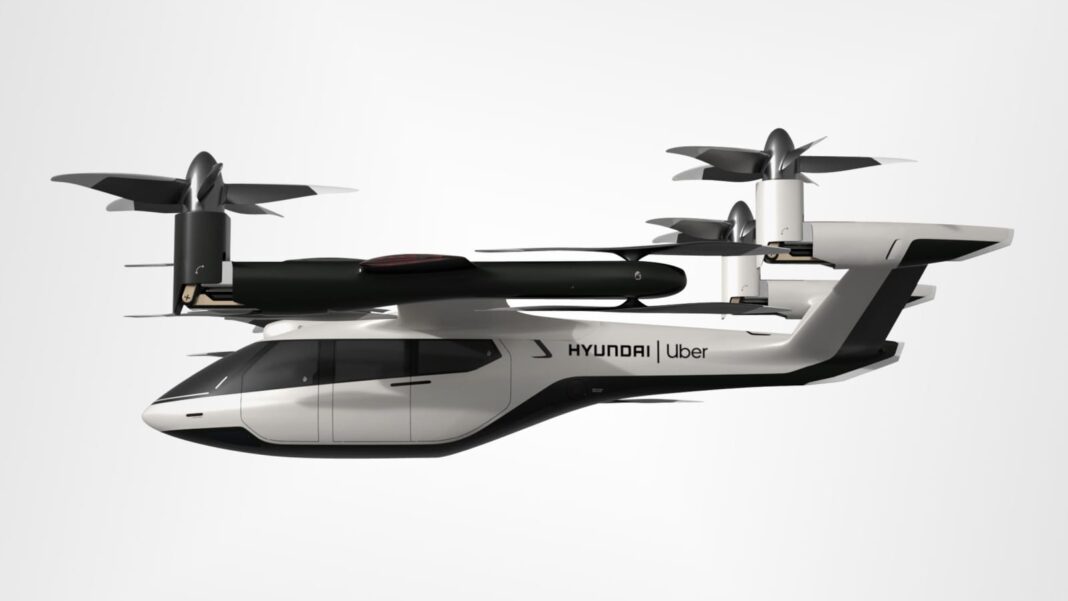Its urban air mobility projects are full speed ahead for intracity flights and even cargo transportation.
Hyundai is all-in on flying taxis, or urban air mobility vehicles as it likes to call them. On Thursday, the Korean automaker delivered new details on its plans for UAMs and it wants to put passengers in such a vehicle in 2028. Eight years — that’s pretty nuts, if you ask me.
Nevertheless, the company highlighted its vision for UAMs back at CES 2020 when it showed off an air taxi prototype in collaboration with Uber. Today, it said in 2028 it plans to have an electric vehicle suitable for intracity transportation that riders will be able to hop in and take to various locations within a densely populated area. The whole idea of taking to the skies in this kind of concept is to lessen congestion on city streets. Yes, it’s very Cyberpunk 2077.
In 2026, however, Hyundai said it wants to take cargo into the skies locally. The automaker has a flying taxi suited for cargo equipped with a hybrid powertrain, so not all-electric like the 2028 version. This vehicle will also fly autonomously, according to the company, as it specifically called out the vehicle will be entirely uncrewed. It’s another high-altitude goal, but this year, Hyundai’s made it clear it’s ready to start looking into alternatives to traditional vehicles. The company also purchased Boston Dynamics, famous for its creepy robot dog, it was announced Wednesday. The buy comes hot on the heels of concepts for Hyundai’s “walking cars” — part standard vehicle, part Transformer.
If Hyundai meets its goals this decade, the 2030s will be far more revolutionary. Its UAM program will expand to regional hubs to take passengers and cargo on longer distance trips that could be as simple as calling for a flying taxi from an app. One day, hydrogen fuel cells may even power these vehicles.













![Hotstar Premium Cookies 2019 [*100% Working & Daily Updated*] Hotstar Premium Cookies 2019 [*100% Working & Daily Updated*]](https://tahav.com/wp-content/uploads/2019/11/Hotstar-Premium-Cookies-Free-100x70.jpg)



